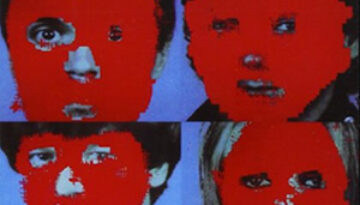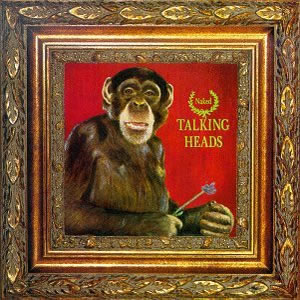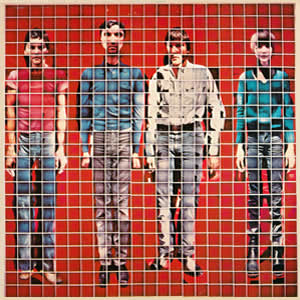Remain In Light
by Talking Heads
Buy Remain In Light Remain In Light is far from your typical rock album. In fact, a case might be made that it is not really a rock album at all. However, this widely […]



